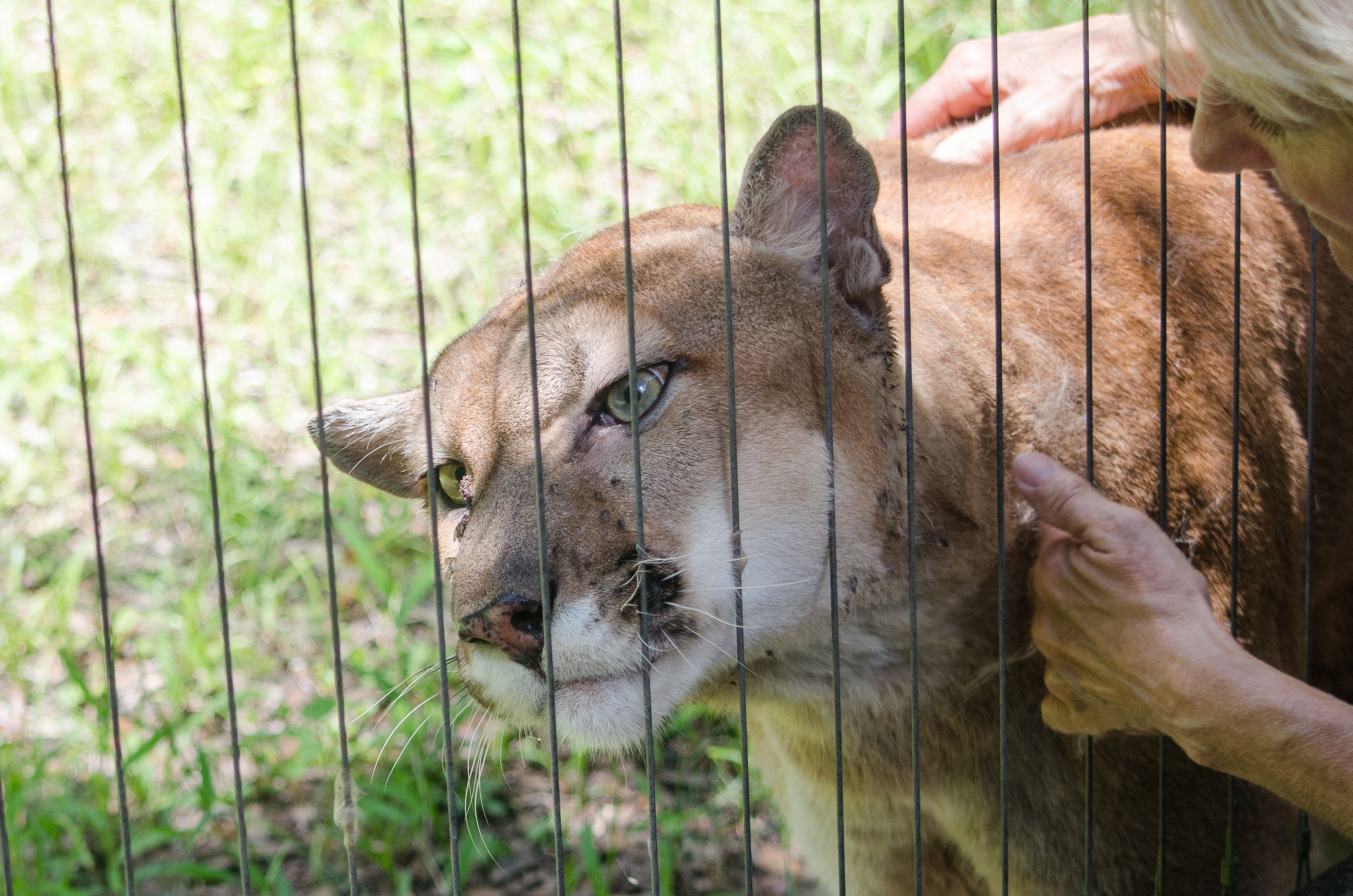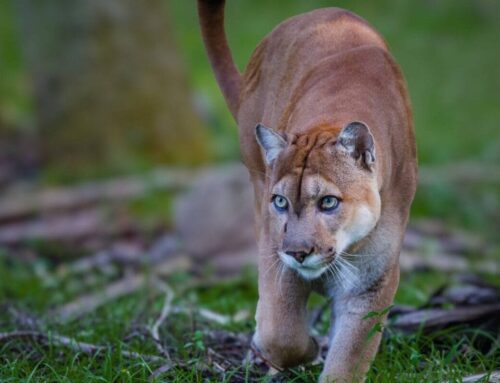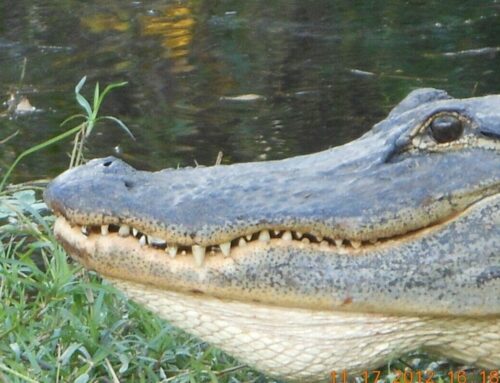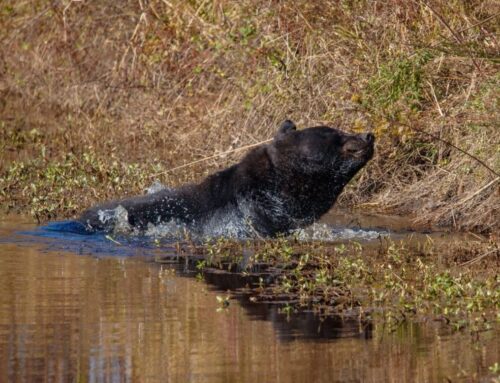As the name suggests, Florida panthers are known to currently live only in the sunshine state. After years of migration from Louisiana and other states through the gulf, they currently live in the most southwestern part of Florida with few exceptions.
Let’s take a look at their habitat, diet, and other important information you should know about the Florida panther.
Where does it live?
Most Florida panthers live the SWFL. They inhabit swamps, pinelands, and hardwood hammocks. In rare cases, they have been documented as far north as Georgia.
While females like to stay close to where they were born, males usually venture out more, however, due to human development, they tend to be more restricted today. Females usually have a range area of 80 miles while males can have an area of as far out as 200 square miles.
What does it eat?
As you probably know, panthers are carnivores. They only feed on meat. Their main preys are white-tailed deer and wild hogs but will also eat other mammals such as rabbits, armadillos, and raccoons. On different occasions, they will feed on birds, livestock animals, pets, fish, and even reptiles.
Why is it an endangered species?
During the 1800s and the 1900s, habitat loss, and aggressive hunting lead the Florida panther close to extinction. It was one of the first species to be claimed as endangered in 1973. In the 1980s no more than 30 panthers were found to be alive, which lead to the creation of a plan to restore their numbers. Today the Florida panther is protected by the Federal Endangered species act, with around 160 of them left in Florida wild.
Today, humans continue to be the biggest threat to Florida panthers. Last year there were 23 deaths caused by vehicle collisions, which slightly decreased compared to the 26 deaths in 2018.
Why Is Preserving Their Habitat Important?
Florida panthers are considered an umbrella species, meaning protecting them leads to the protection of other endangered species that live within the same habitat. They are a part of a refugee system that protects most of their habitat those protecting 24 species that are seen as either endangered or threatened.
The Florida Panther Refuge is also home to 46 species of reptiles, 22 species of mammals, 126 species of birds, and a wide variety of fish.
Ready to See Their Habitat?
Come visit Babcock Ranch Eco-Tours to get a closer view of the Florida panther habitat. During our tours, we will walk you Florida wildlife and other interesting facts.
Book your Babcock Ranch Eco-Tour here and get your camera ready for a scenic ride!







